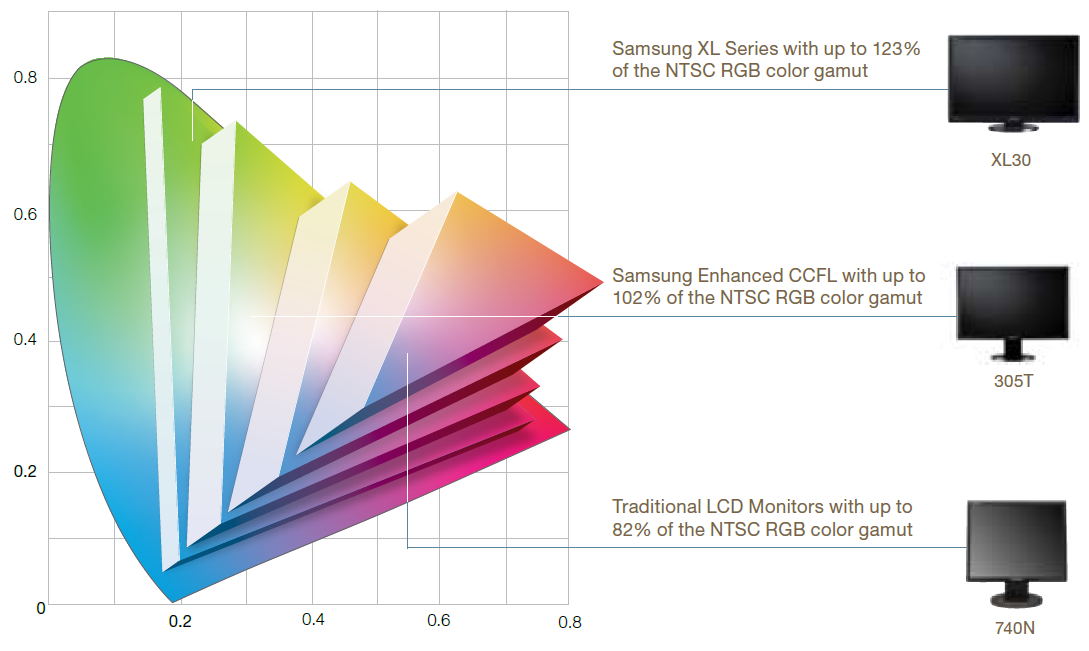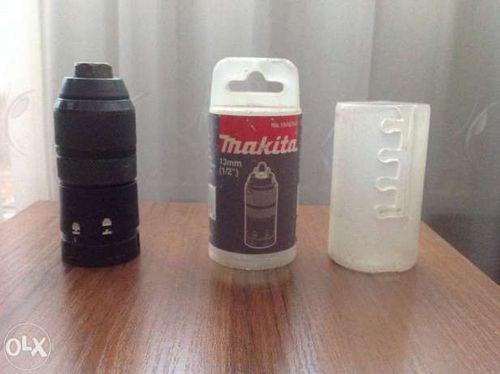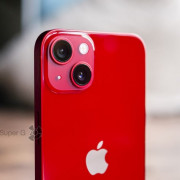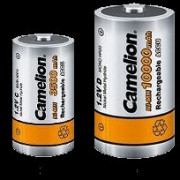Подсветка потолка светодиодной лентой своими руками
Содержание:
Making use of those extra colours
In order to accurately output this vivid and colourful content, though, the content itself must be specifically written with extended colour spaces such as Adobe RGB in mind. Traditionally, the only sorts of users who can properly take advantage of this are colour professionals, photographers and designers who can create and process broad gamut content. As extended colour gamut capabilities become more common the sRGB boundary becomes something that is emulated rather than a native technological restriction. It is only natural that as devices become more universally capable of properly supporting extended colour gamuts we see a shift away from the confines of the sRGB colour space. Designers, film makers and others in the ‘industry’ that we have spoken to are keen to see this as it allows them to better express their creative efforts and bring the consumer the kind of engrossing entertainment experience they crave. Jeff Yurek reiterated this and pointed out that Pixar Animation Studios, for example, use a massive colour palette for their creations but a lot of the shade detail is missed once it’s scaled down and outputted in sRGB.
Adopting a broader colour space isn’t something that will happen overnight and there is certainly the need for the hardware to properly support the sRGB colour space as well. This can be done with some degree of success through emulation modes which are common on wide colour gamut monitors. But there may be some confusion if developers start pumping out content designed to be viewed using broad gamut monitors whilst others are still using a standard gamut. There is certainly a bright light at the end of the tunnel, though. Game and movie developers are now focusing on HDR (High Dynamic Range) support for their content, to be consumed on displays that sport such capabilities. We’re now seeing an increasing amount of content that proudly boasts HDR support. In the display world (which differs from HDR used in the photographic sense) one of the requirements is for expanded colour spaces. The aforementioned Rec. 2020 colour space is the longer-term goal here, but in the nearer term display makers are aiming to support as much of the DCI-P3 (a Digital Cinema Initiatives standard colour space) as possible. And using methods such as those described above, these sorts of displays are becoming much more common. With HDR content being accurately mapped onto this colour space, it expands the palette well beyond sRGB and allows the developers to bring their creations to life in a much more varied and visually pleasing way. It also offers a useful stepping stone before Rec. 2020 can be widely supported.
Ключевые отличия и сравнение
В результате отсутствия специальной подготовки или общей информированности, часто встречаются рассуждения на тему отличия ЖК от LED. Если в виду имеется именно конструкция экрана, а не разница между понятиями «жидкие кристаллы» и «светодиоды», то обе технологии являются прямым продолжением друг друга. Люминесцентная подсветка ныне считается малоэффективной и заметно устаревшей технологией.
Последние экземпляры приборов на основе люминесцентной подсветки еще встречаются в магазинах и отличаются низкой стоимостью, но производители практически полностью переключились на LED-технологию. Она позволяет получить более качественное изображение, на подсветку не требуется расходовать большое количество энергии. Кроме того, светодиоды мерцают с частотой 480 Гц, которую человеческие органы восприятия не фиксируют. Другие конструкции мерцают с частотой 100 Гц, отрицательно воздействующей на органы зрения и даже психику человека.
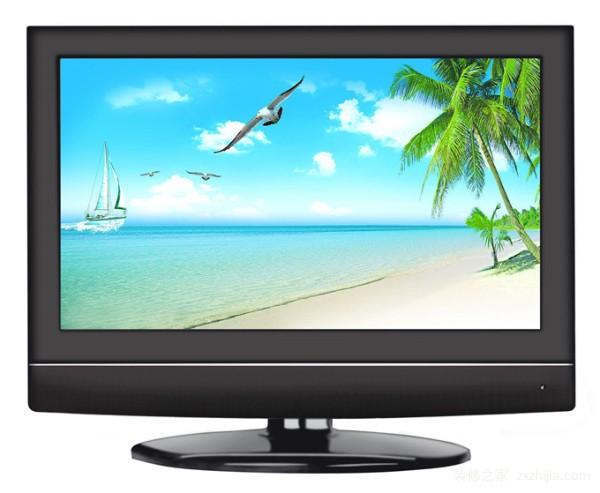
Сравнивать технологии LED и LCD
попросту некорректно. Правильнее говорить о LCD дисплеях с люминесцентной или LED
подсветкой. Наличие жидкокристаллической матрицы неизменно, поскольку именно
она и является основой всей конструкции.
The rise of LED
LED (Light Emitting Diode) backlights are ‘interesting’ for the consumer as they help make a thinner, lighter and more efficient display. It is also a winner from a marketing perspective, with manufacturers keen to draw an artificial distinction between their ‘LED’ (backlit) monitors and their ‘LCD’ monitors. This blindly lead people to believe that the technology was completely distinct from ‘LCD’ and not just a change in backlight type from CCFL (Cold Cathode Fluorescent Lamp) to LED. The rapid brightness adjustments also allow manufacturers to make better use of the ‘dynamic contrast’ feature that we often criticise in our reviews. Whilst the practicalities of adjusting the entire backlight to suit the overall scene darkness are questionable it certainly allows the insanely big and misleading numbers game to be played with contrast ratios.
RGB LED a rare breed
A fairly narrow selection of LED-backlit monitors actually overcame the colour gamut limitation (and then some) by employing ‘triads’ of LEDs (red, green and blue) to create broad-spectrum white light. This rare alternative to WLED (White Light Emitting Diode, the common implementation explored below) was known as RGB-LED backlighting. Some notable models include the XL20, XL24 and XL30 from Samsung, a manufacturer who were amongst the first to broadly introduce LED backlight technologies to both monitors and TVs. Although RGB-LED designs flaunted colour gamuts that even WCG-CCFL backlights couldn’t generally reach the technology never really took off. There were simply too many drawbacks; cost, size, weight, differential degradation of the LEDs (leading to colour imbalances across the screen over time) and relatively poor energy efficiency.
